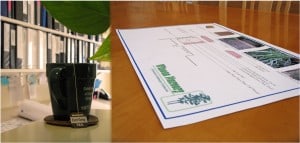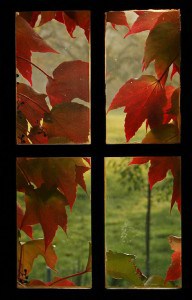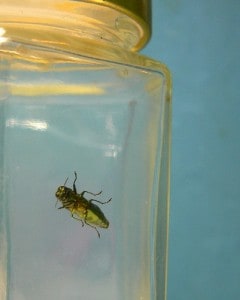Hibernating? Well, not exactly…

On these cold, short winter days, you will find us on top of our design game, just plugging away and dreaming of baby green leaves and the warm days ahead.

On these cold, short winter days, you will find us on top of our design game, just plugging away and dreaming of baby green leaves and the warm days ahead.
In this industry, the-outdoors-is-nature’s-canvas-we-are-the-artistés references abound. Depending on the context, it either sounds good or cheesy. But we have some bona fide artistry going on in some of our landscapes, thanks to the classy little My Monet Weigela.
When this plant was first introduced a few years ago, we were was skeptical. The name seemed to set up lofty expectations. The pictures showed crisp green, white, and pink-variegated foliage that you just knew would fade with summer’s heat and/ or not be anywhere near as pronounced in real life. And it was being marketed in a white pot (white variegation in white pots? really?).
We kept our distance from My Monet Weigela for a while, but slowly, slowly the landscape designers began using one here and there. We waited for the heartbreak to begin.
Except it didn’t! The weigelas turned out to be little powerhouses, staying small, the variegation staying true. They combined well with tons of other plants and provided some “wow” factor.
A recent follow-up site visit found the My Monets doing their job, complementing brickwork and contrasting nicely with surrounding shrubs. It was a sparkling little gem out there…My Monet is living up to its name.

So for all you fall color enthusiasts looking to relish the season, here are links to area fall color reports. Follow the maps to peak color!
MN–http://www.dnr.state.mn.us/fall_colors/index.html

The Emerald Ash Borer is an exotic Asian beetle that is most harmful in its immature larvae stage, when it hides in and feeds on the insides of ash trees. Over time, this tunneling makes it really tough for the trees to freely pass water and nutrients throughout their systems and thus kills them.
After the damage in the upper Great Lake states and in the wake of EAB spottings in the Twin Cities and Houston County, MN, one might be tempted to panic. There have been a lot of ash trees planted over the past couple decades, and there are a ton of ash trees in our woods.
However. While we are sorry Michigan, Indiana, and Ohio had to go through a lot of the trial-and-error for the rest of us, a solid plan of action is emerging from all their various attempts to control the green pest. Monday night, this trickled down to our fair city and was presented at the Winona City Council meeting on this past Monday night.
If Emerald Ash Borer surfaces around these parts, city foresters, business owners, and homeowners alike will have a powerful weapon at their disposal now: the chemical is called Tree-äge and the method of delivering that insecticide is called Arborjet. The basic idea is simple– a certified professional drills holes into the affected ash tree, injects Tree-äge, and plugs the holes. The chemical is not benign by any means, but it does stay within the tree’s tissues, does not leach out into groundwater, and is effective for 2 years.
Does it really work? Yes; independent university research has found this method to even rescue trees that had experienced 50% dieback.
So the situation is not hopeless. We don’t know about you, but we are deeply relieved that EAB is not going to just run rampant. While not every single tree may be able to be saved if Emerald Ash Borer comes, many, many trees will be. Insert deep sigh of relief here!